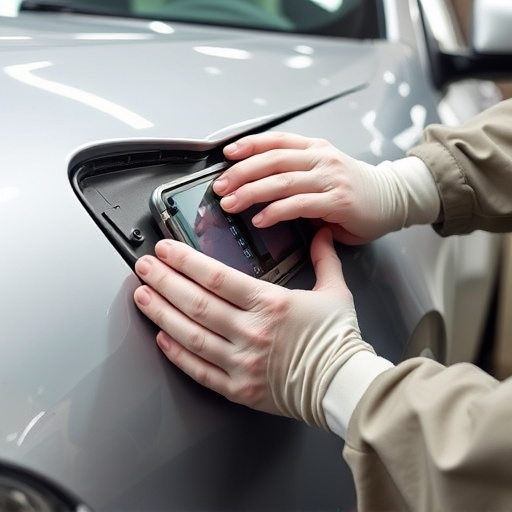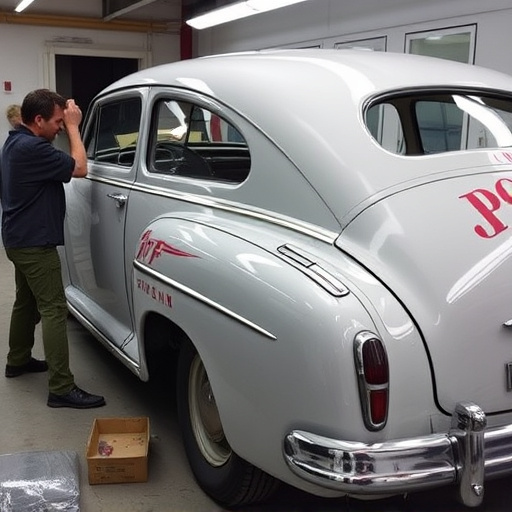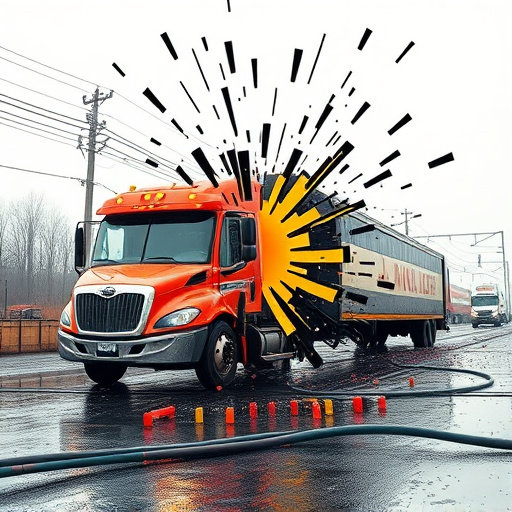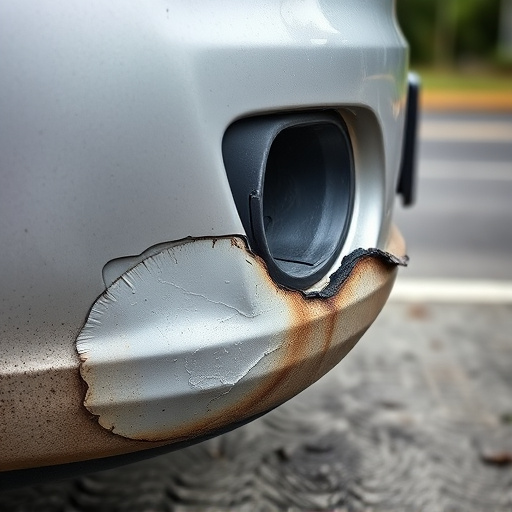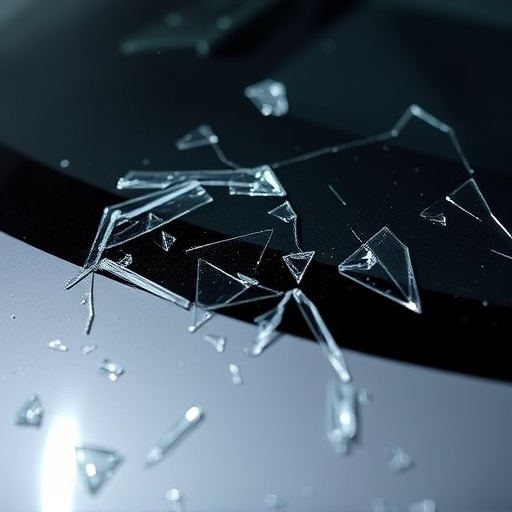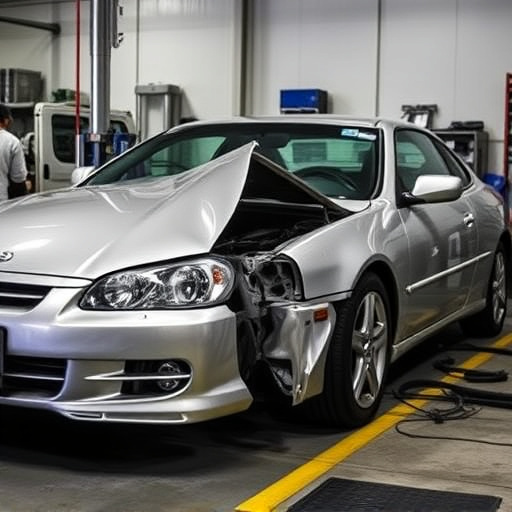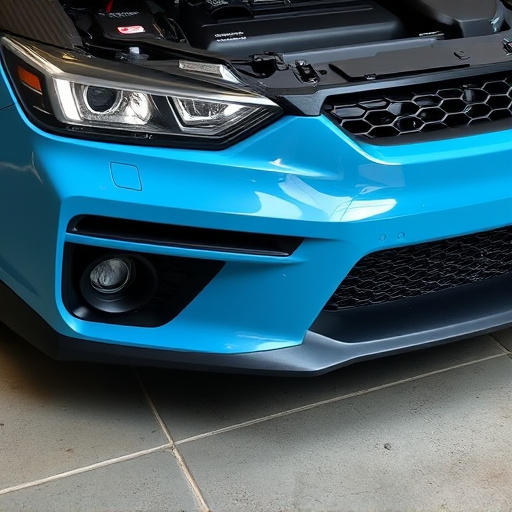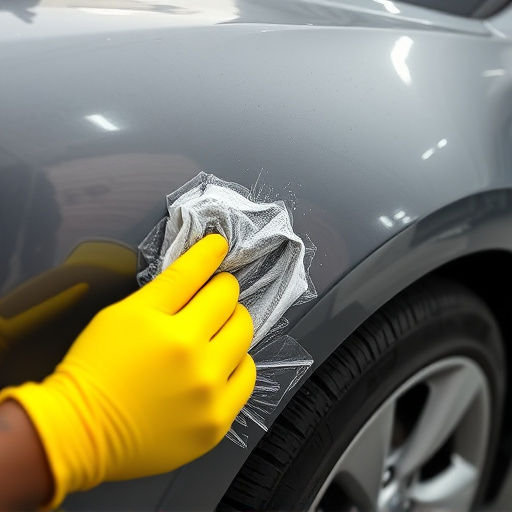Understanding your auto insurance policy is vital for managing costs of taillight repair replacements. Comprehensive and collision coverage can cover accident-related and non-impact damages, reducing out-of-pocket expenses with deductibles. Review your policy to comprehend scope of coverage. Contact your insurer to report claims and choose a reputable shop for efficient repairs, ensuring pre-accident condition with quality car body restoration services.
“Curious about how insurance covers those pesky taillight repairs? In today’s digital era, understanding your coverage is key. This article navigates the intricacies of taillight repair replacement costs, breaking down the basics of what your policy does—and doesn’t—cover. From recognizing common exclusions to efficiently navigating the claims process, you’ll gain insights into ensuring prompt and hassle-free repairs. Dive into these crucial steps to illuminate the way forward.”
- Understanding Taillight Repair Coverage Basics
- What Your Insurance Policy Covers and Doesn't
- Navigating Claims Process for Efficient Repairs
Understanding Taillight Repair Coverage Basics
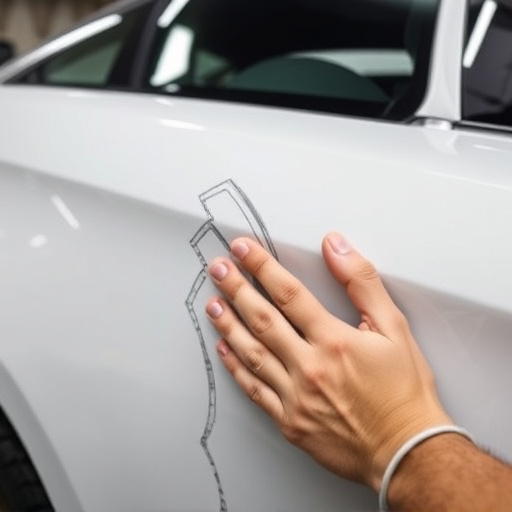
When it comes to understanding your insurance policy’s coverage for taillight repair replacement costs, it’s essential to grasp the basic principles. Most standard auto insurance policies include comprehensive and collision coverage, which can help offset the expenses associated with fixing or replacing a damaged taillight. Comprehensive coverage typically kicks in when your vehicle suffers non-impact-related damage, such as theft, vandalism, or weather events. Collision coverage, on the other hand, covers repairs from accidents, including fender benders and more severe collisions.
These policies can significantly reduce out-of-pocket expenses for taillight repair replacement, which can vary widely depending on the extent of the damage and your specific vehicle model. It’s important to remember that deductibles still apply, so while insurance can cover a substantial portion, you’ll be responsible for paying the remaining amount after meeting your policy’s deductible. For more detailed information about what’s covered under your policy, reach out to your insurance provider or consult with a reputable car body shop.
What Your Insurance Policy Covers and Doesn't
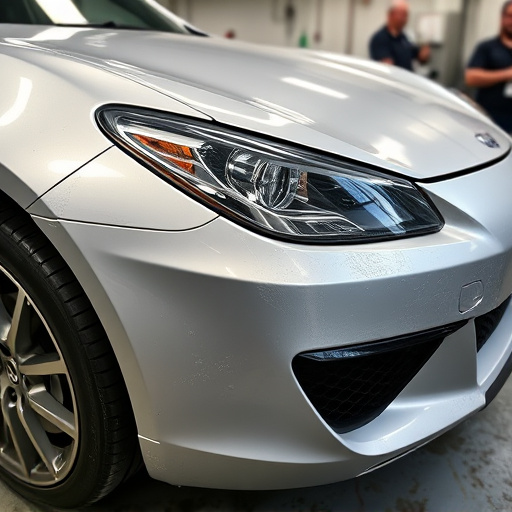
Your insurance policy is designed to protect you from unexpected costs associated with vehicle damages, including taillight repair replacement. Most comprehensive auto insurance policies cover the cost of replacing damaged or broken taillights due to accidents, theft, or other covered events. This includes both functional and aesthetic repairs, ensuring your vehicle meets safety standards and remains visually appealing.
However, it’s important to understand what your policy doesn’t cover. Typically, regular wear and tear is not considered a covered event. So, if your taillights fail due to aging or poor maintenance, you may be responsible for the repair or replacement costs out of pocket. Additionally, some policies might have specific deductibles or exclusions for certain types of damage, including those related to auto painting or luxury vehicle repair. Always review your policy details carefully to understand what’s covered and what isn’t when it comes to taillight repair replacement and other automotive repair services.
Navigating Claims Process for Efficient Repairs
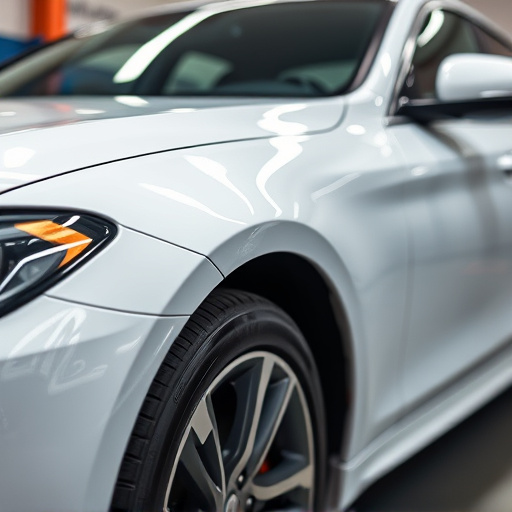
Navigating the claims process is a crucial step in ensuring efficient and smooth repairs for your taillight replacement. When your vehicle needs a taillight repair or replacement due to damage from an accident, understanding the steps involved can save time and reduce stress. The first step is to contact your insurance provider to report the claim. They will guide you through the process, including providing a list of approved repair facilities or offering options for direct payments to a chosen shop.
Efficient repairs rely on quick response times and accurate assessments. Once you’ve selected a repair facility, whether it’s a specialized Mercedes Benz collision repair center or a shop known for paintless dent repair techniques, the next step is to drop off your vehicle. The technicians will inspect the damage, provide an estimate for the taillight repair replacement cost, and explain the repair process. By staying informed throughout, you can make informed decisions and ensure your vehicle is restored to its pre-accident condition through top-notch car body restoration services.
In conclusion, insurance plays a pivotal role in mitigating the financial burden of taillight repair replacements. By understanding your policy’s coverage and navigating the claims process efficiently, you can ensure prompt and hassle-free repairs. Remember that each policy varies, so review your specific details to make informed decisions regarding taillight repair replacement costs.
